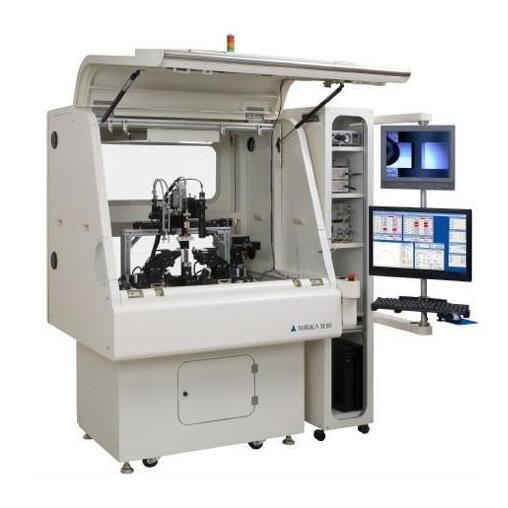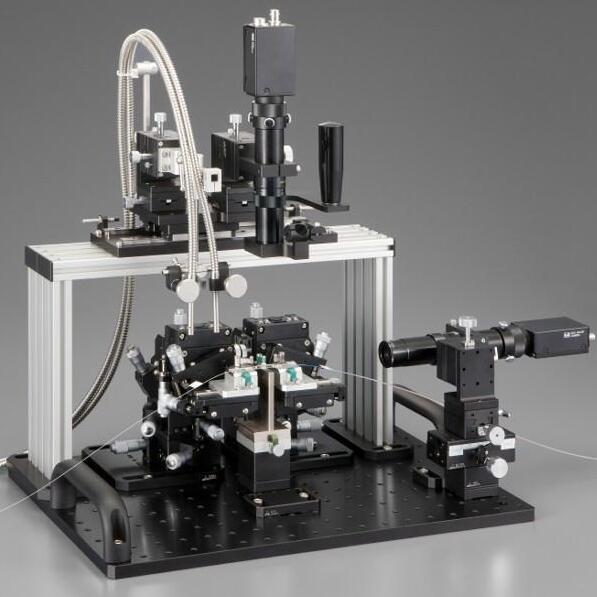Fiber optics
technology has changed communication infrastructures, and the Fiber Fuse Biconic Taper Machine is at
the cutting edge of this advancement. This essay explores the amazing features
and wide range of applications of FBT systems in contemporary communications
and other fields.
First of all, The FBT Systems' Fundamentals
Among the
intricate web of fiber optic transmission, FBT systems are the epitome of
engineering precision. By combining several optical fibers into a single,
tapered structure, FBT systems provide seamless light coupling and signal
transport, therefore raising the bar for optical networking reliability and
efficiency.
Improving the Infrastructure for Telecommunications
FBT systems have
a major impact on the development of telecom infrastructure. By lowering signal
loss and reflection, these techniques provide optical signal integrity across
extended distances. Whether dividing signals for distribution or merging them
for amplification, FBT systems offer a solid option for high-speed data
transport in telecom networks.
Precision in optical transmission
When it comes to
optical networking, accuracy is everything. FBT Fiber Taper Machine provides exceptional control over light
propagation, making them ideal for wavelength division multiplexing and power
monitoring. Their small size and low insertion loss allow for smooth data
transfer over several networks, making them perfect for inclusion into optical
switches, routers, and other networking equipment.
Different Applications
FBT systems have
several applications outside of telecommunications. But they are particularly
effective in telecommunications. These systems find use in sensing
technologies, where precise control over light enables accurate measurements of
many different parameters, including strain, temperature, and pressure.
They are highly influential in shaping the future of fiber optics technology because of their accuracy, adaptability, and longevity in a variety of settings. With further study and development, FBT technologies have the potential to completely transform how people interact with one another and the environment. FBT systems raise the bar for optical networking efficiency.
Fiber Fuse Biconic Taper Machine is essentially an amazing combination of cutting-edge optics and precision engineering that are creating new opportunities not just in telecommunications but also in other fields.

































